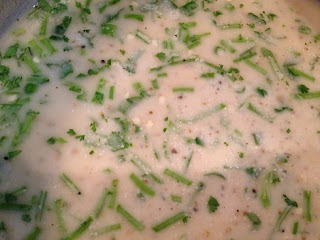In India, celebrations are done on a huge scale! All you have to do is google "Ganesh Chaturthi Celebrations India" to see all the colorful and amazing ways Ganesh Chaturthi is celebrated...
Large Scale Celebrations in Mumbai
Here in America, we do what we can to bring the celebrations to our home. This year, we were lucky in that the holiday fell on a Sunday, giving us all plenty of time and energy to focus on this holiday... which was great!
One of my favorite traditions for Ganesh Chaturthi is one where families together create an image of Lord Ganesha from natural clay to be used during the celebration time. Once the festivities are complete, this clay statue is put into water to dissolve, thereby releasing the natural elements that it is made from back into the environment from where they originally came.
Here at home, we also created a statue...
Next year, if you want to create your own statue at home, check out this clay product from Michael's. It was very easy to mold and the color was just right!
Many Indian stores also sell clay statues, which are usually painted with beautiful, bright colors. We have found in the past, though, that some materials other than clay must be used in making the statues, because they do not dissolve very easily in water.
For me, there are many benefits to creating the statue at home as opposed to buying one from the Indian store. Firstly, you know it will dissolve well in water. Secondly, the time where the whole family is sitting together and making the statue is very special and a great activity to involve kids in to get them excited for the holiday. Finally, although it may not be perfectly symmetrical, it is a product of our own efforts, which for me, is much more special.
Another tradition, on the food side of things, that comes along with every Ganesh Chaturthi, especially in the part of South India (Bangalore) where my family is originally from, is making Sweet Kadubus for this holiday. Sweet Kadubus are believed to be a favorite sweet of Lord Ganesha, and we make it as an offering for him. I will be doing a separate post some time on how I make these Sweet Kadubus but here's a little teaser:
These are just two of the many great cultural traditions associated with this holiday. So, although it's a little late, I hope that everyone had a great Ganesh Chaturthi this year and finds special ways to celebrate it in the future. Have a wonderful weekend!


















.JPG)
.jpeg)





.JPG)

.JPG)




.JPG)




